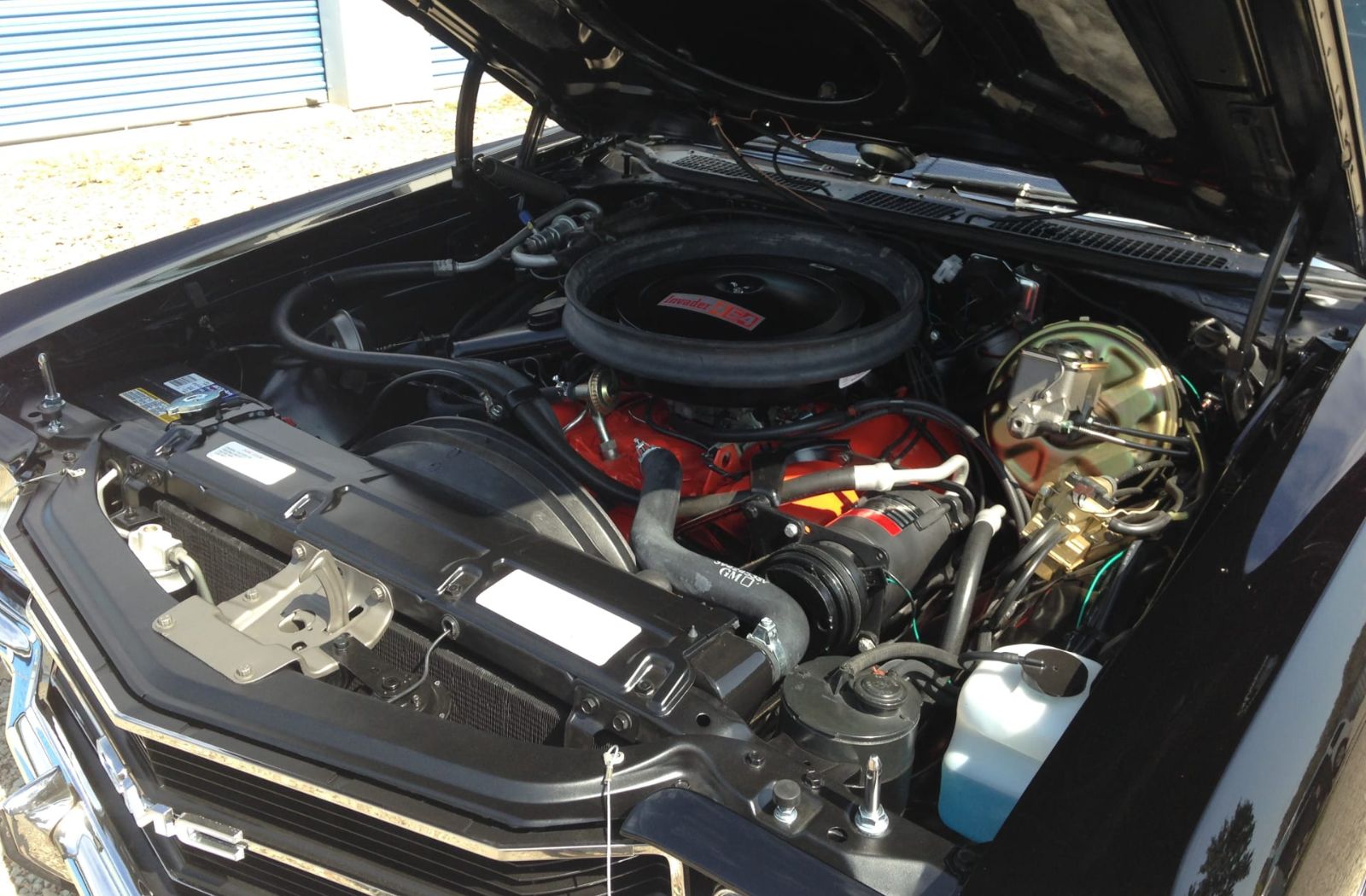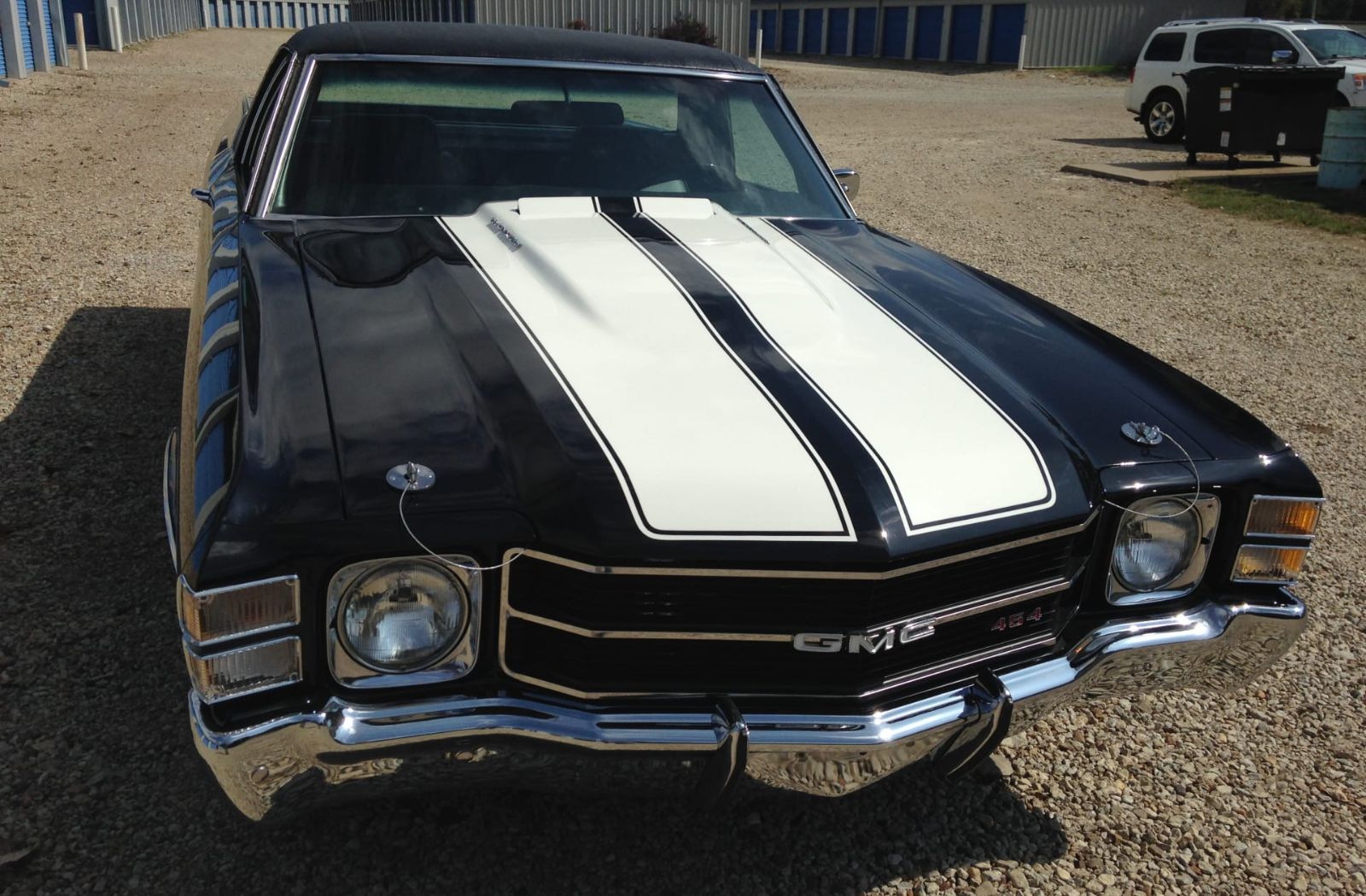During the late 1950s, the United States saw the introduction of the coupe utility, or “ute,” a concept originally from Australia. Ford was the first to embrace this trend with the Ranchero, soon followed by Chevrolet’s El Camino, igniting a competitive rivalry that lasted over a decade through various redesigns.
The muscle car boom of 1970 saw both the Ranchero and El Camino evolve into intermediate-class vehicles featuring powerful big-block V8 engines in their high-performance trims. In 1971, GMC joined the muscle car market with the debut of the Sprint, adding a new dimension to this automotive competition.

The Sprint, a rebadged El Camino, boasted comparable performance and design cues, albeit with GMC branding distinguishing it from its Chevy counterpart. Equipped with powerful V8 engines, including the legendary 454-ci LS5, the Sprint epitomized the fusion of utility and performance.
Despite its rarity, with only 249 units produced in 1971, the Sprint SP remains a cherished relic of the muscle car era. With surviving examples dwindling, its significance in automotive history endures, fascinating enthusiasts with its blend of practicality and power.

